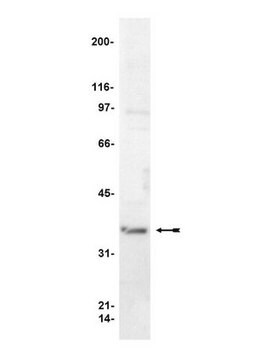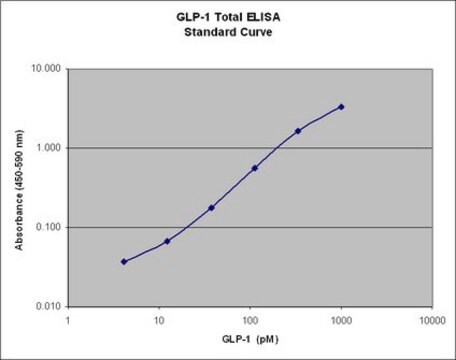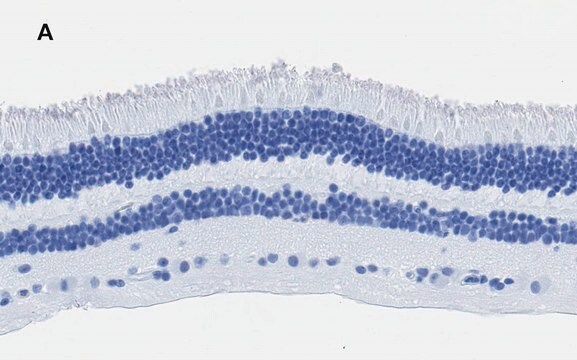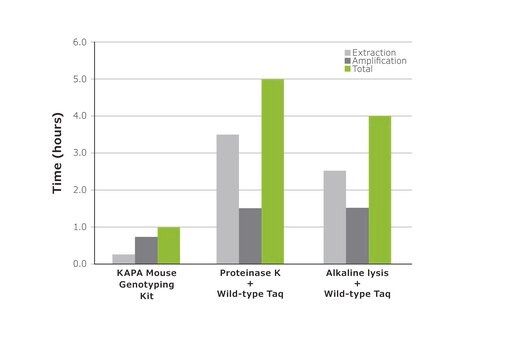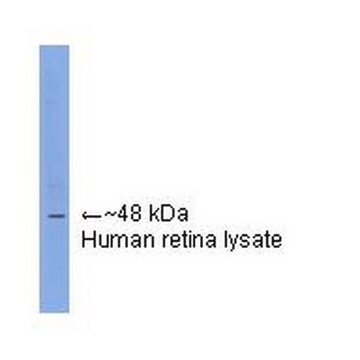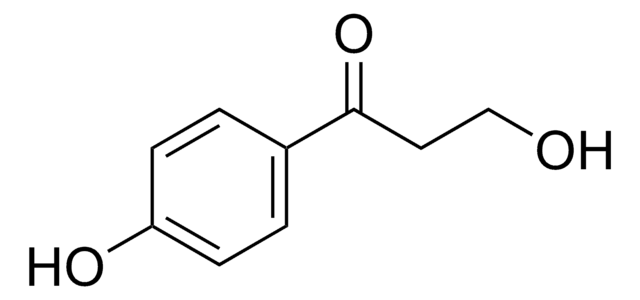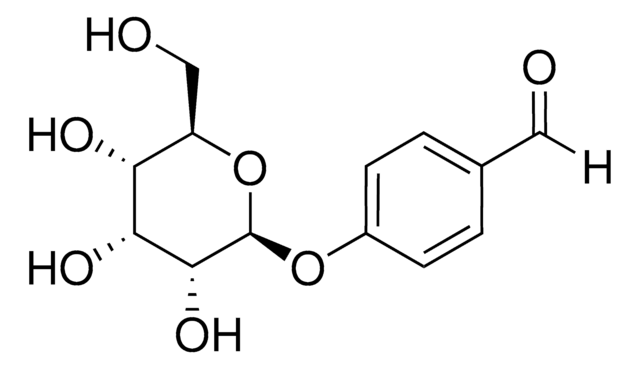MAB2609
Anti-beta Arrestin 1 Antibody, clone 3H11.2
clone 3H11.2, from mouse
Synonym(s):
Retinal S-antigen, Rod photoreceptor arrestin, S-antigen, retina and pineal gland (arrestin), arrestin 1, retinal S-antigen (48 KDa protein)
About This Item
Recommended Products
biological source
mouse
Quality Level
antibody form
saturated ammonium sulfate (SAS) precipitated
antibody product type
primary antibodies
clone
3H11.2, monoclonal
species reactivity
human
technique(s)
immunofluorescence: suitable
western blot: suitable
isotype
IgMκ
NCBI accession no.
UniProt accession no.
shipped in
wet ice
target post-translational modification
unmodified
Gene Information
human ... ARRB1(408)
General description
Specificity
Immunogen
Application
Cell Structure
Sensory & PNS
G-proteins
Quality
Target description
Physical form
Storage and Stability
Analysis Note
HEK293 cell lysate
Other Notes
Disclaimer
Not finding the right product?
Try our Product Selector Tool.
Storage Class Code
12 - Non Combustible Liquids
WGK
WGK 2
Flash Point(F)
Not applicable
Flash Point(C)
Not applicable
Certificates of Analysis (COA)
Search for Certificates of Analysis (COA) by entering the products Lot/Batch Number. Lot and Batch Numbers can be found on a product’s label following the words ‘Lot’ or ‘Batch’.
Already Own This Product?
Find documentation for the products that you have recently purchased in the Document Library.
Our team of scientists has experience in all areas of research including Life Science, Material Science, Chemical Synthesis, Chromatography, Analytical and many others.
Contact Technical Service